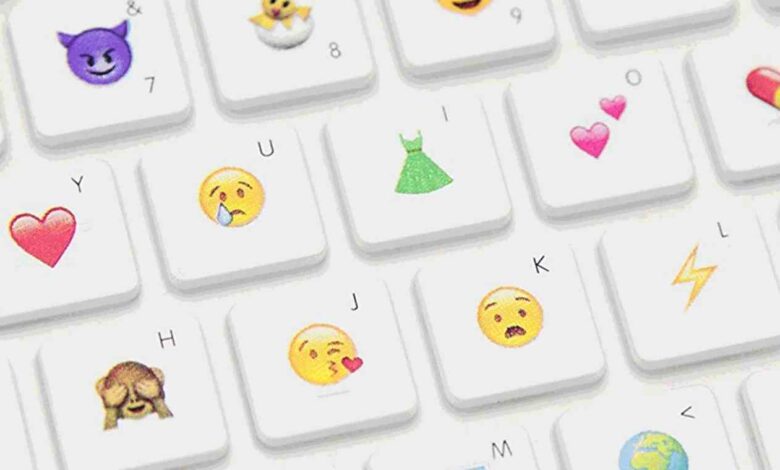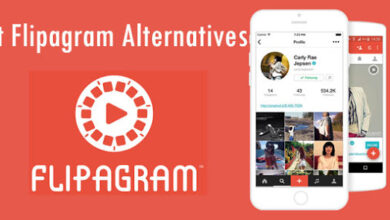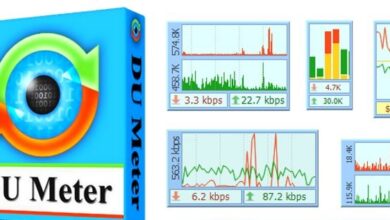Emoji’s & Meaning: The Real Meaning Behind The Hand Emojis

The word “emoji” is derived from the Japanese words for “picture” (e) and “character” (moji). Emojis are excellent for expressing emotions that you don’t know how to write down. They’re also excellent for substituting brief messages, enabling you to improve your typing rates while still conveying the information more transparently.
Hand emojis are used to communicate many different things, depending on the context in which they are used. The hand emoji can represent a gesture (e.g., praying) or stand-in expression (e.g., cheering). In this article, we will be explaining the meaning of the most used hands emojis.
-
Cross-finger Emoji
The cross-finger emoji is an emoji that resembles the “good luck” sign, which has two fingers held together at the tips with the other fingers raised to either side of them, representing a cross on its side. This emoji can also be used when one person congratulates another on their success or when one person wishes luck to another person. Some people also believe that this emoji helps them express their feelings more creatively than words alone.
-
Clapping Hands Emoji
Clapping hands emojis is often used when someone has achieved something they have been working for or is excited about what is happening. You can use it to show that you like something or approve of what has been said. It is often used to celebrate and congratulate, whether it is a goal in sports or an achievement in other endeavors. It can also be seen as sarcastic applause if someone does something silly or makes fun of someone while others laugh.
-
Raised Hand Emoji
One raised hand with fingers interlocked and the thumb pointing to the side represents the emoji’s appearance. It’s comparable to the sign that a crossing guard would use to signal to a vehicle or pedestrian that they should come to a halt.
Raised hand emoji is typically used when a group of people is chatting, and one person wants to get the other people’s attention in the chat. They raise their hand and then type what they want to say and then continue with their conversation.
-
Flexed Bicep Emoji
This emoji is depicted with a powerful, flexed bicep. It’s a traditional victory gesture of someone who has won a battle. It may indicate physical strength or, more figuratively, strength in any ability. The person often feels good at what they do and sometimes even an overly confident, cocky individual.
The Flexed Bicep Emoji encourages someone to complete a challenging task or express pride in a well-done job or victory. It’s worth noting that the flexed bicep emoji has been deemed a vulgar gesture by some people as it can be seen as a cruel way to call out another person for their lack of strength or size.
-
Praying Hands Emoji
The Emoji is a popular form of non-verbal digital communication that has become integral to communication in the digital age. The “praying hands emoji’” is a variation of the “raised hands emoji” that depicts a person with their palms facing upwards and is typically used to convey a sense of righteousness, hope, or prayer.
The emoji may also be used as a way to wish someone well or thank them for something they’ve done for you. This is because the hands are often used in depictions of people praying in Christianity and other religions.
-
Fist Bump Emoji
The fist bump emoji takes the shape of two fists touching at their knuckles with no skin contact. A fist bump emoji depicts an act of greeting where two people bump their fists together. It is one of the most popular emojis on Facebook Messenger, Twitter, Snapchat, and WhatsApp.
It can also be used as a symbol for ‘high five.’ The fist bump emoji has been criticized by some people on social media who have said that it is a sign of violence or aggression. Still, others have defended the use of this gesture as informal and not intended to be interpreted in any harmful way.
-
Peace Sign Emoji
The peace sign emoji has become one of the most popular emojis in both Android and iOS operating systems. The popularity can be attributed to the meaning that it has been associated with—peace.
This signal is often used in conversations to signify no violence and no arguments between two parties. It is also sometimes used as a symbol for victory or self-empowerment. The emoji can be sent as an expression of relief, contentment, satisfaction, and happiness.
Conclusion
The hand emojis are often used to express emotions. When someone is feeling angry, they might use the angry emoji to convey this message. The hand emojis are not restricted to conveying emotions, but they can also replace words such as “thank you” or “hello” when the person cannot find the appropriate word or letter to convey their message.
It is a good idea to use hand emojis in your conversations with people who are not fluent in English. Since most people know the meaning of the hand’s emoji, it helps them understand what you are trying to say.



